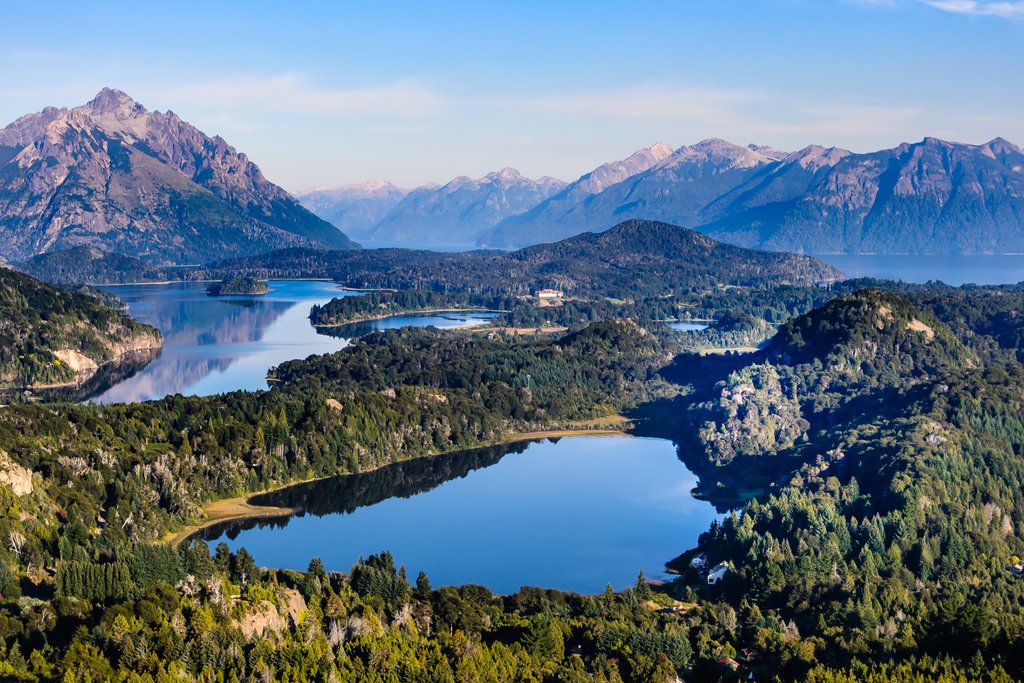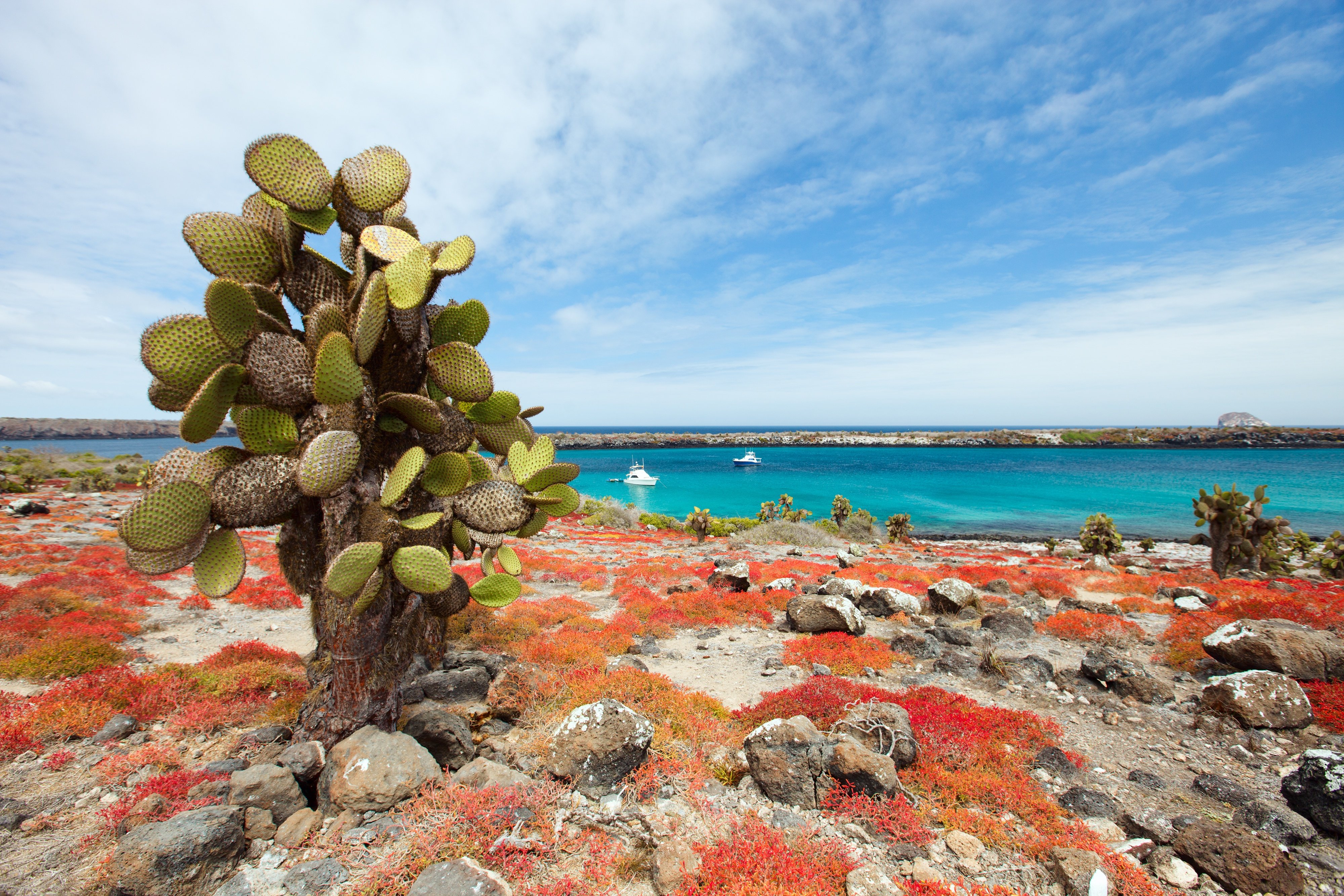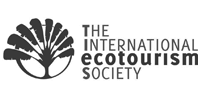Inti Raymi- the Inca Festival of the Sun- is the highest regarded festival in the calendar of the Inca religion. If you travel to Peru in June, be sure to catch the festival as it is celebrated on every 24th day of that month. The Incas believe that after the winter solstice, Inti- the god of the sun- shines upon the people on 24th June and that warrants jubilation as a sign of appreciation to the god.
Lost World Adventures is offering a very special 10-day trip that includes the Inti Raymi Festival, the pilgrimage procession to Qoyllor'ity, 9 nights accommodations, guided visits to archaeological sites (Tipón, Totoracocha, Pikillaqta, Ancasmarca), Pachamama Andean Ceremony, a shaman ceremony, Sacred Valley hikes, the Marcacocha Shepherd Ceremony, an overnight trip to Machu Picchu.
Click here for itinerary details.
Understanding the Modern Inti Raymi
This festival is celebrated in the heart of the Inca Empire, in the City of Cusco. Participants assemble in The Temple of the Sun from as early as June 5th and start preparing for the main event. Being the most colorful and purest festival among all Inca festivals, the Inti Raymi will be hyped all around the City of Cusco for weeks prior to the Festival Day.
If you are visiting Peru at this time of the year, you will notice the excitement and fun that greets you whenever you walk the streets. You will encounter dancers who don extremely colorful outfits and dance with their last shred of energy. Fireworks render the air as a reminder that the God of the Sun is about to shine on the Incans. The foods on the streets are mostly Incan recipes. Everything in the city appears to come to live within this time.
The beauty of this festival is accentuated by the unique buildings that - architecturally speaking - largely borrow from Colombian cultures. The balconies are specially carved while the archways bring out the beauty of the Inca culture. Thousands of local and international visitors start flocking the streets from around mid-June, while the local hotels and restaurants start modifying their accommodation and food options to fit the glorious occasion.
The week leading to the 24th, the celebrations often swing to full gear. The finest musicians from across Peru converge in Cusco offering free concerts. Priests that will lead the Inca processions are purified beforehand and kept pure in readiness for the main festival.
On the Festival Day, processions commence from the Santa Domingo Church led by the purified priests, all of which don traditional Inca regalia. There are selected actors who dramatize the traditional llama sacrifice to perfection. In the 18th century and before, 200 llamas would be sacrificed to the gods on the 24th of June but that has since changed. The Incas now opt to simply stage manage a replica of the sacrifice.
The modern-day Inca Festival of the Sun lasts for about 5 to 6 hours. During this time, the priests read the imaginary blood stains from the stage-managed llama sacrifice and then translate to the people about the future of the Inca religion. Visitors are allowed to take pictures of the proceedings but aren’t allowed to interfere in any way with the festival.
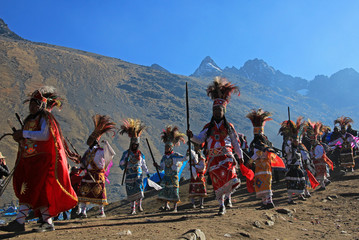
Important Things to Know When Visiting Cusco for the Inca Festival
1. Hundreds of thousands of visitors travel to Cusco during this time of the year. It is imperative that you book your accommodation as early as May to avoid missing out on your preferred accommodation standards. The Lost World Adventures Inti Raymi 2019 trip includes all accommodations and festivities.
2. Entering The Temple of the Sun is free of charge. Don’t be conned.
3. You don’t need to worry about food as it is in plenty both inside and outside the temple.
4. The Temple of the Sun is in ruins and has no guard rails so you must be in a good physical condition to visit the place. The crowds are always huge and you can easily be pushed down or find yourself in the middle of a stampede. You are advised to be keen, careful, and vigilant for the entire time you will be in there.
5. For a small fee, you can buy a ticket that allows you to explore the Incan buildings, food, and cultures for up to ten days.
How the Inca Festival Came To Being
Before the Spanish missionaries landed in Peru in the 16th century, the Inca religion was the dominant belief on the land. The people believed to be children of the sun and paid homage to their god every year at the midwinter solstice, a time when the distance between the sun and the Earth is largest. By so doing, the sun would hear the cry of the people and would come closer to them, give them life, and enhance the growth of their crops. The festivals would also implore the god to shine on them all-year around and give them heat and light until the following Inca festival.
Before the Spaniards arrived, the Inca festival was livelier and more relevant than it is today. The people donned traditional regalia and painted their faces yellow - the color of the sun. The Sapa Inca - the high priest of the Inca religion - together with his sidekicks wore headdresses made from the heads of sacrificed deer as a sign of authority. Each of the corners of the Inca Empire would sacrifice one young kid and several llamas to the god as a sign of repentance and faith.
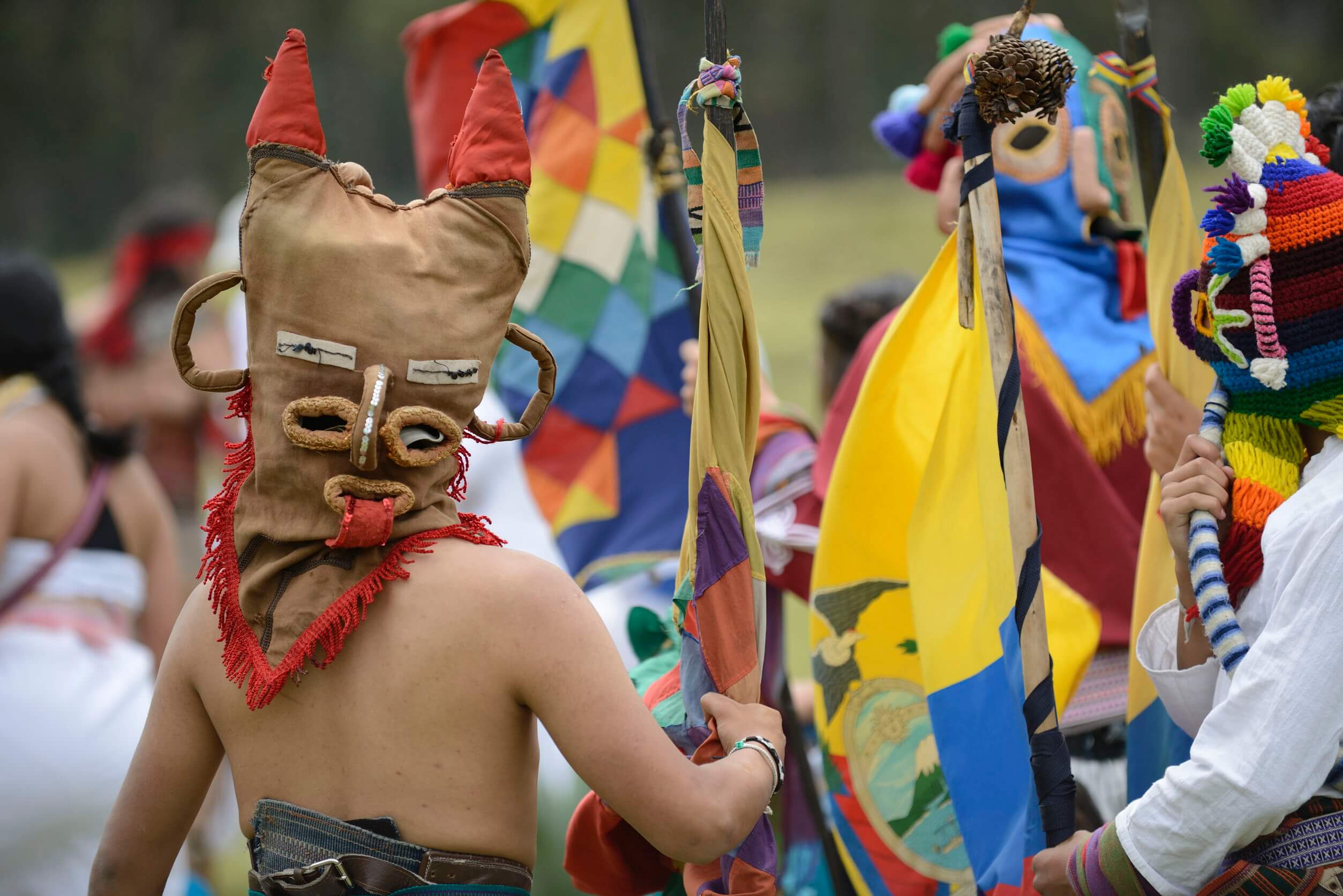
The Fall of the Inca Empire
In the 16th century, the Spanish invaded the Inca Empire and dismantled it right from the top. It is believed that the Europeans brought with them a smallpox epidemic that swept out a great deal of the Incas population. In the 1550s, conquistadors under the command of the Pizarro brothers attacked the emperor of the time, killed him, and established their authority. Within a year of the Spanish invasion, they had earmarked Peru as their colony and established their capital in Cusco.
The Spaniards introduced the Catholic faith and forced the people to abandon their “pagan” ways and convert to Christianity. Tupac Amaru, the last Inca chief priest, could not agree to go down without a fight. He rebelled the Spaniards for as long as his declining power could take him but he finally succumbed. As a punishment to him and his allies, the colonizers banned the Inca Festival, Inca regalia, and everything that didn’t align with the beliefs of the Catholic faith.
The religion remained dead until Faustino Espinoza Navarro, the Peruvian Academy of the Quechua Language founder, revived it in the 1940s.
Click the button below if you want to join our special Inti Raymi 2019 trip. Don't delay - space is very limited.
Learn more about what to do in Peru.

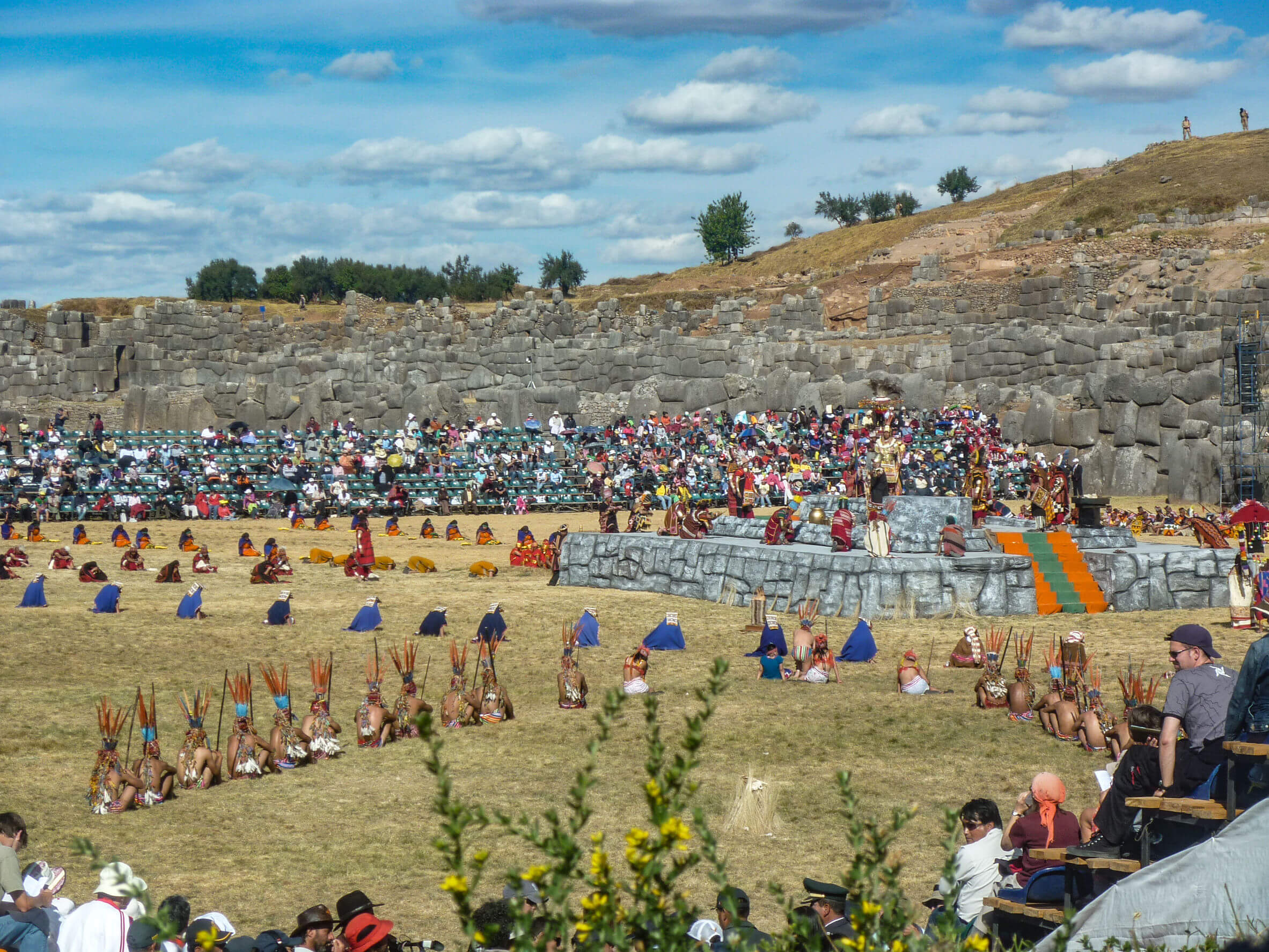


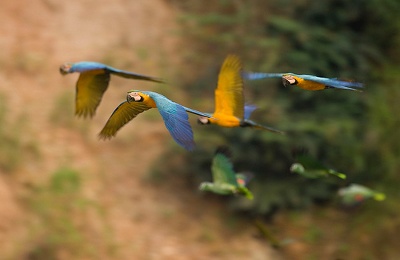
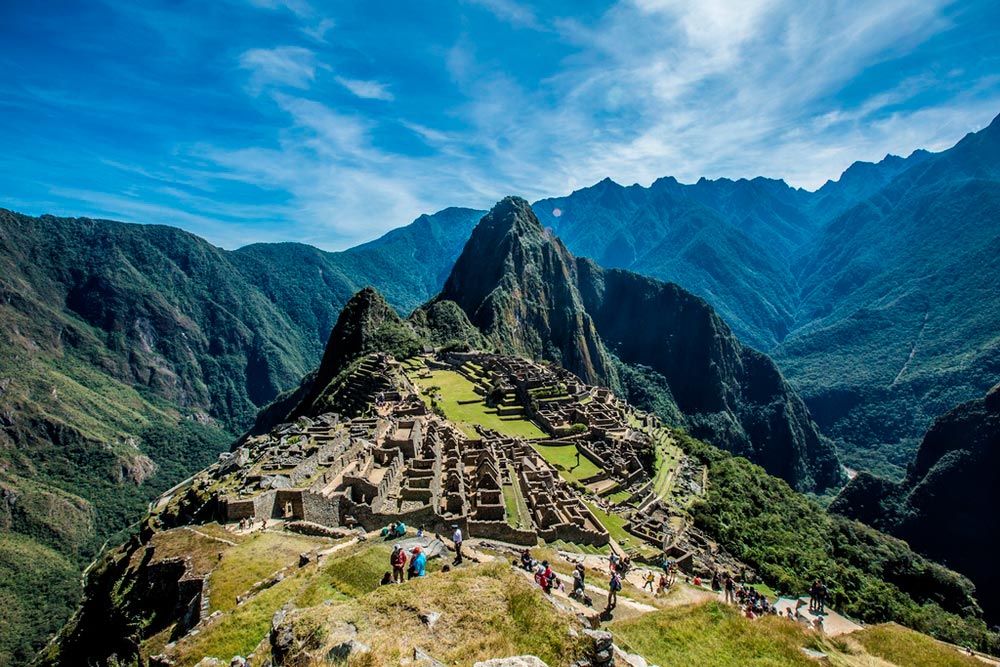


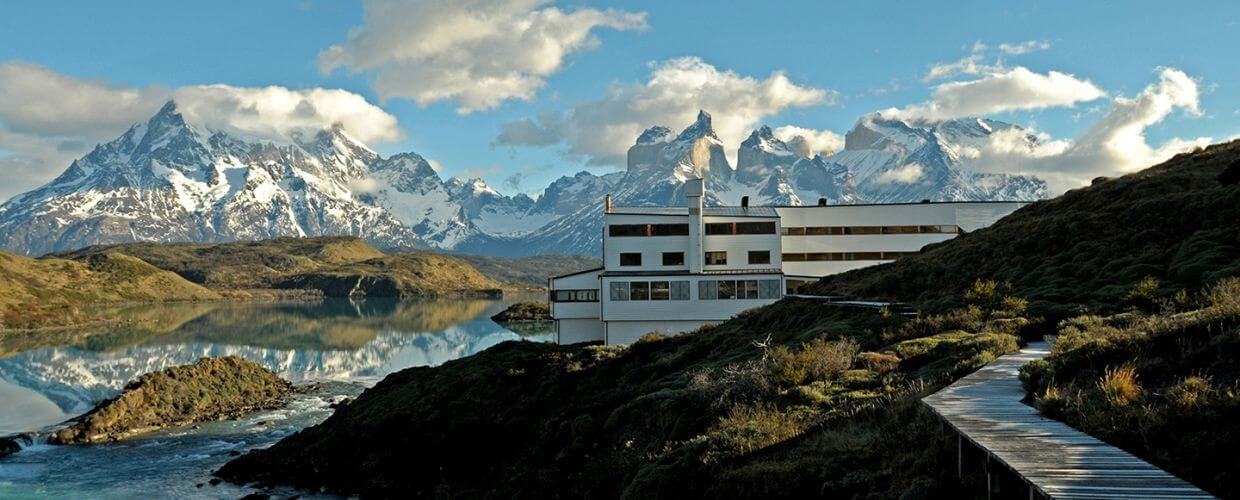
.jpg)
